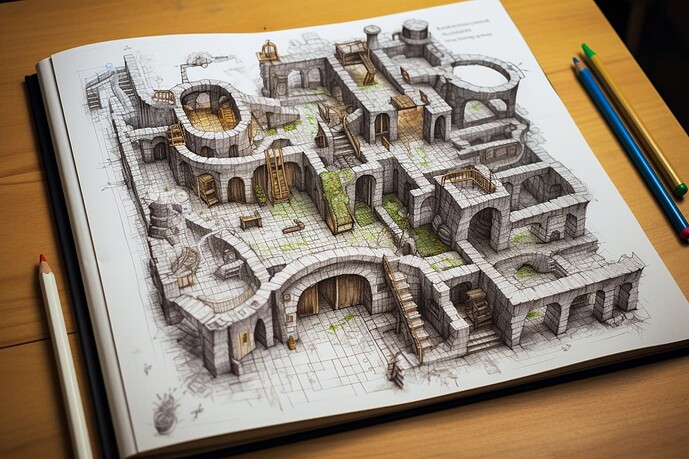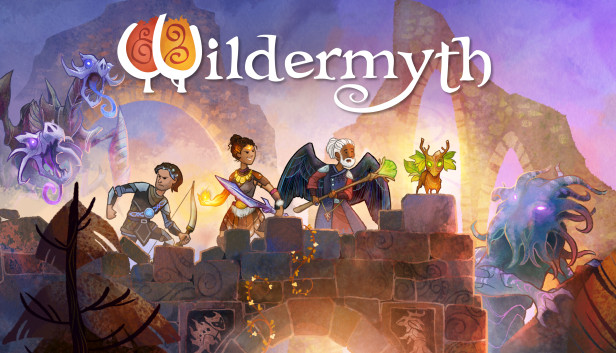Hey All,
I just wanted to share a top that is always on my mind, and one of the reasons I love the Genre we all share.
Procedural generation, random events, emergent stories, etc… For me is one of the most fascinating things about dungeon crawls compared to other games… How the system of little bits of paper can create memories, environments, stories, just by rules of arrangement.
Generating a dungeon is fascinating for me, given that I have a programming background, and use spreadsheets and algorithms as part of my work, I’m always thinking about the computational beauty of nature.
Warhammer quest, Advanced Heroquest, Dungeon Quest, Heroquest, 4 against darkness, d100 dungeon, 2d6 dungeon… they’ve all found different ways to generate environments on the fly.
I’m obsessed with this… I want to use this thread to talk about all of the most exciting ways video games and board games create environments.
What felt the most interesting to you? What was the most expedient?
I found Toby Lancaster’s 2d6 Dungeon one of the most elegant and fast ways to produce consistent environments that were shaped like dungeons.
The world of D&D has volumes of “map” creation material. Throwing dice on the table and drawing shapes around it. Rolling on random tables.
All I want to do is talk endlessly about this topic, about how to turn the physicality of paper into meaningful environments with as little effort, but the most excitement as possible.
What games do it best? Can we learn from video game procedural generation methods like Binary Space Partition, wave function collapse, cellular automata, to make better board games? How does environment create meaningful narrative? How do biomes connect?
Systems like goblin henchman’s hex flower do interesting things in making adjacent areas believably connected.
Forgive me for rambling! Chime in if you wish!

